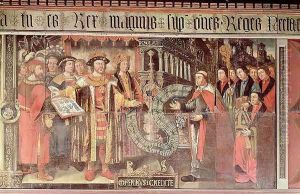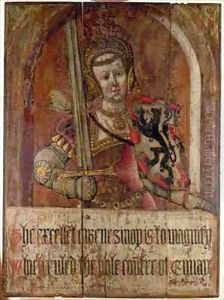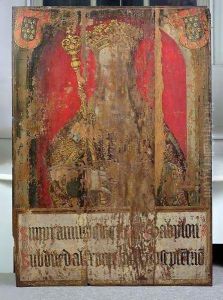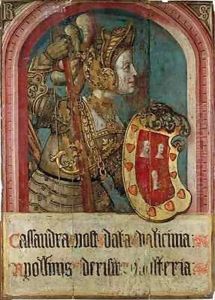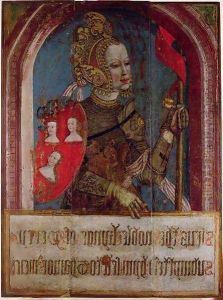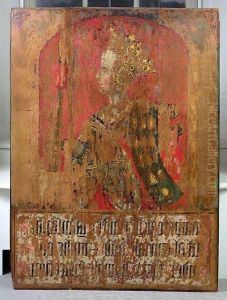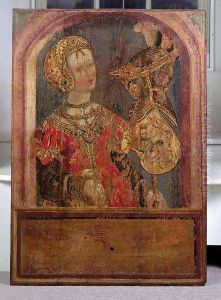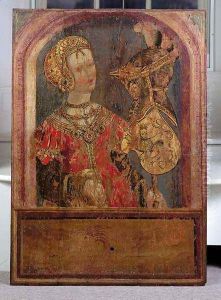Lambert Barnard Paintings
Lambert Barnard was an English Renaissance painter, primarily known for his works in Chichester, West Sussex, England. He was born around 1485, though the exact date and place of his birth are not precisely documented. His lifespan covered a significant period of English history, including the tumultuous era of the Reformation.
Barnard's work is closely associated with the city of Chichester and its cathedral. He was engaged by Bishop Sherburne of Chichester Cathedral to produce a series of paintings and decorations. One of his major works includes a series of heraldic panels painted around 1526 that depicted the history of Chichester and the Cathedral. These panels are an important source of historical information and a rare example of English Renaissance art that has survived in situ.
Barnard's style is characteristic of the period, with an emphasis on detailed representation and a use of color and gilding that reflects the influence of continental art on English painters of the time. His works often featured religious and historical themes, catering to the tastes and interests of the clerical patrons who commissioned his art. However, much of his work was lost or destroyed during the English Reformation, which led to widespread iconoclasm and the destruction of religious imagery.
Despite the loss of many of his works, Lambert Barnard's contributions to English art history remain significant. He is remembered as one of the few documented provincial artists of his time, and his surviving works provide valuable insights into the artistic and cultural contexts of early 16th century England. Barnard died in 1567, leaving behind a legacy that continues to be studied and appreciated by art historians and enthusiasts. His work is a testament to the skill and creativity of artists operating outside the main European artistic centers during the Renaissance.
